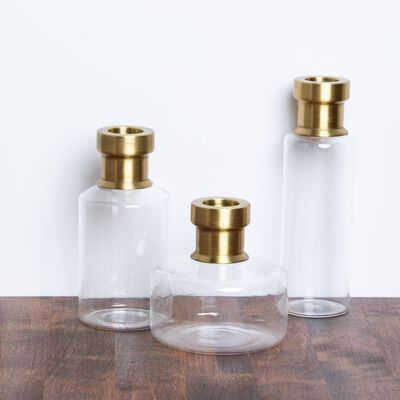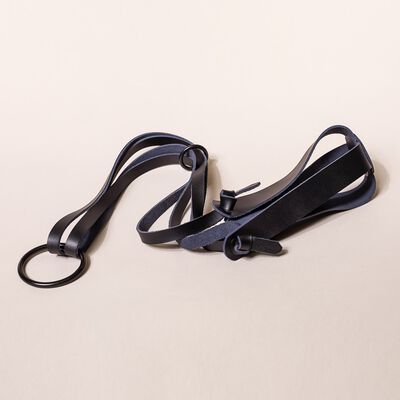
Your Guide To: Fittonia
Everything you need to know to care for this small but dramatic plant.
Fittonia is a slow- and low-growing creeper that forms ground cover at the base of trees in South American rainforests. Known for its remarkable veining—often in beautifully contrasting colors—fittonia, or, the nerve plant, brings beauty, texture, and a little bit of drama to your space, especially in a terrarium. Here are the tips to keep it fit.
How to Keep a Fittonia Happy
This small plant can show big energy when it needs something, namely water. But fittonia recovers quickly, perking back up and showing off its gorgeous foliage. Too many fainting spells will leave long-term damage, so do water attentively.
How Much Lighting Does a Fittonia Need?
Fittonia plants thrive in bright, indirect light. Low light will work too, but the leaves may lose some vibrancy and grow more slowly. Just know that the more light your plant gets, the more frequently it will need water.
Avoid direct light from sunny windows, which can burn and damage leaves.
If your fittonia doesn't seem to be getting enough light, you can add a fluorescent lamp or even a grow light to its environment to help.
How Do I Know When To Water My Fittonia?
When the top inch of soil in your fittonia is dry, give it a thorough watering. During spring and summer this may mean watering every 2-3 days. Water less often in the winter to give your plant a rest.
Don’t let your fittonia dry out completely. It likes soil that is moist but not soggy. Stick your finger in the soil to test. If the top inch of soil is dry to the touch, it’s time to water. If you’d rather take the guesswork (and your finger) out of it, use a plant moisture indicator from our shop.
To water, use a small container or watering can to pour water out slowly, directly onto the soil, moving in a clockwise motion to evenly water the plant’s roots. Fittonia plants do best in pots with trays or saucers so you can dump extra water and avoid root rot.

How Do I Use Plant Food for My Fittonia?
What Is a Fittonia's Ideal Environment?
Fittonia plants prefer humidity, but they will do fine in most home environments. Misting your fittonia a few times a week is beneficial. Running a humidifier in the same room is another way to make this tropical plant happy.
For the best growth, keep it in a room that is warm all year, with a temperature between 65 and 80 degrees. Do keep it away from heating and cooling vents and far enough from windows that its leaves won’t touch cold glass.

How Do I Prune and Maintain My Fittonia?
Your Greendigs fittonia is fairly low-maintenance. If it gets leggy from stretching toward sunlight or has uneven or sparse growth, use a pair of pruning shears to trim it back, which will help keep it bushy and full. Any healthy tips you prune could be used for propagation.
Each time you water your fittonia, rotate the container a quarter turn. This way you'll make sure it gets the same amount of light on all sides. Our plant trivet set makes this easy and stylish, too.
How to Address Common Fittonia Issues
- Limp leaves may mean it's not getting enough water.
- Yellowish leaves may mean it's getting too much water.
- Dry or shriveled leaves may mean it's getting too much direct sun or not enough humidity.

